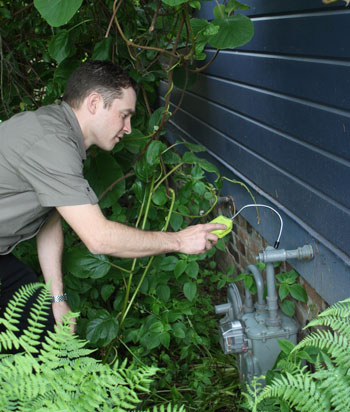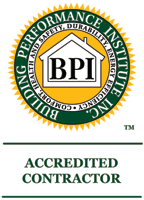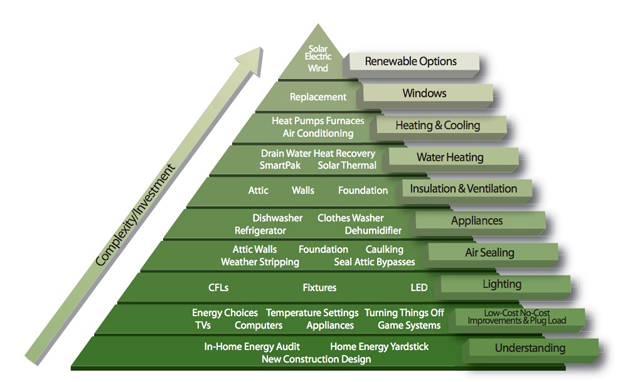Home energy audit services are the place to start.
“Knowledge is power.” That certainly holds true in the realm of home energy efficiency, though it might be rephrased “knowledge saves power,” in the form of reduced home energy consumption and reduced energy bills.
 Building Science
Building Science
“Building Science” is the brand of knowledge we’re talking about here, the field of study that explores how the myriad components of a building interact with one another as an integrated system. (Read my last post for more about building science.) In new construction, building scientists use this understanding to design high performance homes, with Passive House as the apotheosis. But equally important is building scientists’ work retrofitting homes to increase energy efficiency and reduce energy costs for our existing buildings.
Home Energy Audit Solutions
While the performance of every home is governed by the same laws of physics, chemistry and biology, the specific mix of conditions affecting those buildings are unique. That’s where home energy audit services enter the picture. In these home energy performance assessments, a certified building analyst (ours are certified by the Building Performance Institute) applies a slew of diagnostic equipment to run an array of tests, the results of which are fed into a computer model that enables the analyst to craft the most cost-effective home energy solutions for a given house.
 Home Energy Conservation as a Pyramid
Home Energy Conservation as a Pyramid
The “Pyramid of Conservation”, developed by Minnesota Power, provides a handy graphic to visualize the landscape of home energy solutions available. (I’ve written about the pyramid before.) Modeled after the food pyramid, the diagram places “understanding” at its base, where it provides the foundation for all home energy conservation measures. With home energy retrofit measures organized from bottom to top in order of complexity and investment, the pyramid drives home the notion that “low hanging fruit” like air sealing, insulation, and ventilation should typically be picked first when retrofitting your home. Of course, the results from the home performance energy audit will guide the specify energy efficiency improvements that make the most sense for your house.
So How Can You Save Energy at Home?
Have a home energy audit done, evaluate your analyst’s recommendations based on the pyramid of conservation, and then invest in a home energy retrofit that emphasizes the most strategic energy efficiency improvements available. And if you’re concerned about upfront costs (and really, who isn’t?), check out the incentives and financing available through Clean Energy Works Oregon. And finally, don’t forget that investing in home performance saves energy and money.
– Zack
Back to Field Notes